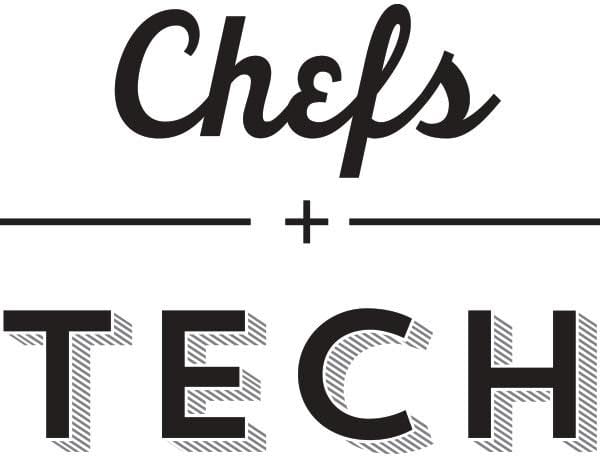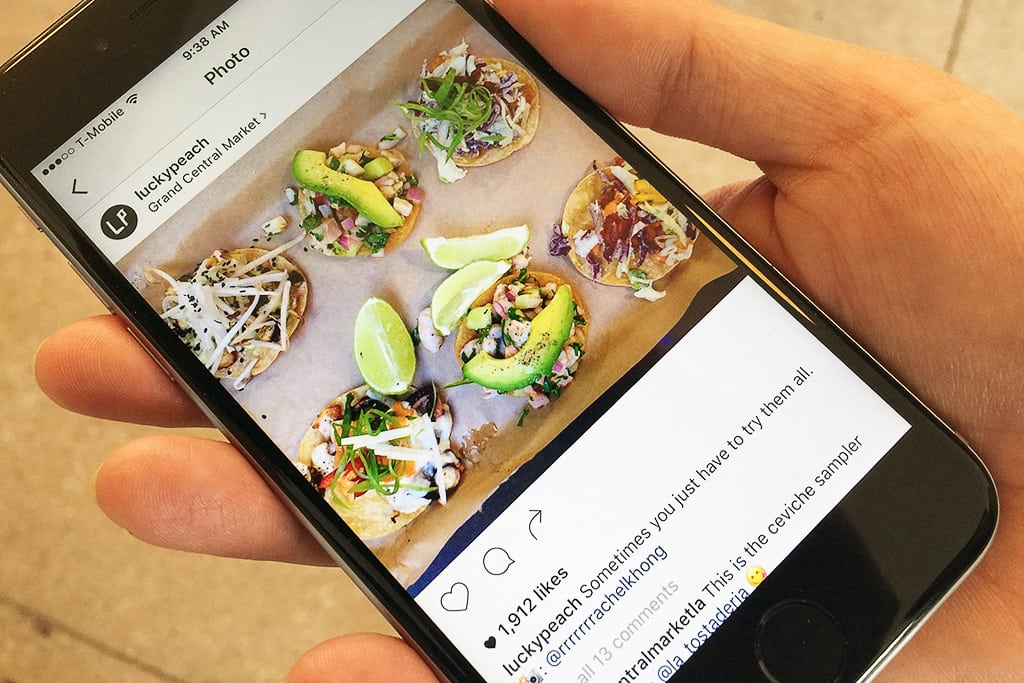Skift Take
With the addition of reservations for advertisers, Instagram will reach customers as they're most engaged, offering convenient booking and instant ROI for businesses.
 Editor’s Note: In September we announced that Skift was expanding into food and drink with the addition of the Chefs+Tech weekly newsletter.
Editor’s Note: In September we announced that Skift was expanding into food and drink with the addition of the Chefs+Tech weekly newsletter.
We see this as a natural expansion of the Skift umbrella, bringing the big picture view on the future of dining out, being fanatically focused on the guest experience, and at the intersection of marketing and tech.
You can find the archives here, read the latest issue below, and subscribe here:
SUBSCRIBE TO RECEIVE WEEKLY UPDATES
Book Your Reservation on Instagram (Soon.)
Who would have guessed that a social network for photos would become a powerful business tool? Instagram’s product offerings for advertisers is expanding, and will soon include the ability for users to book with a business directly through an Instagram post. The feature, announced last week, is available only to businesses that advertise on the platform, of which Instagram says it has one million active monthly. Additionally, 80 percent of Instagram users follow a business, making this new feature potentially game-changing.
While some are billing this as “competition for OpenTable” or “copying Yelp,” Instagram is literally catering to customers where they are. As it stands now, the user sees the image, then interacts with the image via a like or a comment. The ability to actually interact with that business in a transactional way (through an appointment or reservation) means that a restaurant can see nearly immediate return on its social media advertising investment — and ROI on social can be tricky to prove.
Instagram hasn’t announced specific plans for the feature yet, so much of what’s out there is speculation — including the rumor that Instagram could be adding business reviews to its product offering.
Restaurant Design by Data
Good design is functional, visually pleasing, and certainly impacts a restaurant’s bottom line. Fast Company profiles D.C.-based Cava Mezze as it used data gathered by sensors in the restaurants to understand how customers moved inside the space. The sensors, says the article, monitor everything in the restaurant from wait times to food safety practices. The results were interesting: the fast-casual restaurant found customers were clustering in two locations, near the menu boards and near the serving station. So to avoid off-putting lines, the designer redesigned the menu boards “to let customers know what to expect.” This translated to faster and more efficient lines. Collected data also informed decisions about the seating space, and kitchen layout and efficiency — all of which not only impact productivity but also create a welcoming experience for the customer. In this way, good design is more than just aesthetics, it’s an application of actual numbers to help a restaurant maximize success.
Niman Ranch Sells to Meal Kit Company Blue Apron
Blue Apron, one of the country’s largest meal kit delivery services, recently purchased Niman Ranch, a pioneering cattle and turkey farm in California. This is an acquisition of a different type than you’d usually read about in the tech press, but the basics are the same: business owner builds a well-known, well-loved product, then sells to a larger company. Bill Niman, the 72-year-old rancher, will join Blue Apron “to build a pasture-centric supply chain for all the beef, pork, turkey and chicken that Blue Apron ships in its eight million meals each month.”
This deal is interesting for several reasons: First, it says something (good!) about the way American consumer tastes are changing. Supply chain matters. Second: this deal demonstrates a different way to distribute sustainable protein and perhaps a way to reduce food waste. Because of Blue Apron’s size, it’s able to make use of the entire animal, as the above Washington Post article notes — not just the choice cuts often favored by restaurants. Third, this is wonderfully wholesome press for Blue Apron, which has recently come under scrutiny for its labor practices in food warehouses. And, finally, whoa: a company started on and fueled by digital technology and the internet just purchased a decades-old business specializing one of the oldest professions on earth: farming.
Dig Inn and What Investors Want
Dig Inn, a fast casual restaurant featuring healthy, farm-driven cuisine and plenty of technology to enhance the ordering and dining experience, recently announced another $30 million in funding. The cash is earmarked to open new restaurants, open a culinary training school for employees, and build out its internal tech system, among other things.
A VC-backed restaurant isn’t particularly surprising, newsworthy, or all that interesting, but Dig Inn, which is frequently lauded for its business model and commitment to technology, displays a good profile of what restaurant investors are looking for (beyond the obvious return on investment): food that customers like, food that keeps them coming back, food with a story (in this case, the farmer connection, sustainably grown and locally sourced), transparency in ingredients (i.e., sharing the story of where the food comes from), and a passionate, dedicated team. Solid technology doesn’t hurt, either: Dig Inn offers mobile ordering (which has fast become a weekday lunchtime staple in New York and Boston, Dig Inn’s two locations), but they also use tech to streamline every aspect of the business, from supply chain to menu analytics.
The Challenging Business of Food e-Commerce
Health care is not the only business that’s complicated. The business of food retail and delivery, when coupled with current online shopping technology and trends, is pretty tricky, too. Case in point: Amazon, which has essentially revolutionized shopping in the 21st century, has struggled in its efforts to break into groceries.
A Bloomberg article describes Amazon’s challenge, noting the retail giant’s normal principles — like extreme efficiency — don’t translate exactly to groceries. (Apparently Amazon Fresh discarded ⅓ of the bananas it ordered because they only sold them in bundles of five.) Customers were routinely disappointed by the quality of produce, too — the shelf life of strawberries is far different than the shelf life of a boxed Kindle. One analyst quoted in the piece says that the online grocery business is failing — and that “people actually like going to the store to buy groceries.” Amazon is hoping that new brick-and-mortar locations in its home city of Seattle might equal Amazon + food success. These stores, aiming to “reimagine the future of physical retail” seem to serve as a sort-of online/offline shopping hybrid, as consumers place their orders online, but pick them up at physical locations.
All of this to say: selling perishable food on the internet is hard. Any employee of any number of meal kit or other delivery services can tell you that. Whether that has to do with the consumer’s hesitation to buy fresh food online, the ability of a company to store and ship the food safely, or the cost involved in following all of the legal regulations around food — or, more than likely, a combination of all three of those things — the food business is trickier than most other retail. But, where some see barriers others see opportunity, and with large companies like Amazon working to crack the code, expect more change, iteration, and some creative new ideas.
Digestifs:
- Ha, “Nuggets of Wisdom” is a great title for this piece in which three restaurant technologists talk about McDonalds recent investments in technology and what it means for the chain’s future — Modern Restaurant Management
- The latest spot to offer mobile ordering: Disney World — Food & Wine
- Speaking of, this company can help any restaurant accept mobile orders — FastCompany
- Panera finds a little tech investment can pay off in a big way — The Motley Fool
SUBSCRIBE NOW
The Daily Newsletter
Our daily coverage of the global travel industry. Written by editors and analysts from across Skift’s brands.
Have a confidential tip for Skift? Get in touch
Tags: skift table
